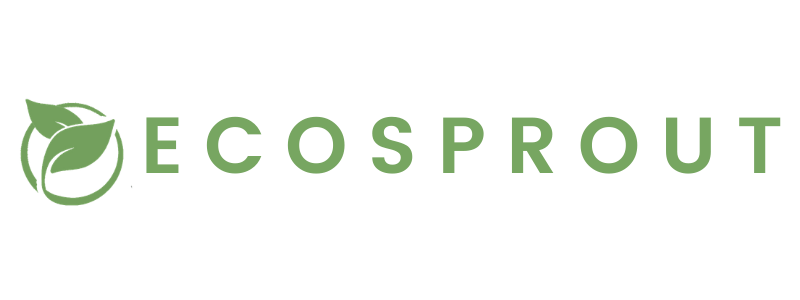
How to Wash Fruits and Vegetables in the midst of COVID-19 pandemic
The COVID-19 pandemic heightened the importance of cleanliness among ourselves and our environment – from rigorously cleaning of hands, sanitizing of home, offices, and public places to becoming extra careful in the food we bring to our table – ensuring its thoroughly cleaned and free from any bacteria and pesticides.
![]()
If you often wonder what is the best way to wash fruits and vegetables naturally and properly to remove pesticides before eating especially during the COVID-19 pandemic – here are some tips and steps that can help you in washing raw vegetables and fruits.

With or without the COVID-19 pandemic, raw vegetables and fruits can be contaminated in various ways – from animals, harmful substances in the soil or water, to preparing it for public consumption as many people have handled the fresh, hence a high probability that it may have been coughed on, sneezed and breathed on.
There are several washing methods you can find online – use of vinegar, lemon juice, baking soda and even use of commercial cleaners such as soap detergents.
Should you wash fruit in hot or cold water?
As you may know by now, washing your fruits and vegetables can remove bacteria such as E.coli. Further, research shows that hot water does not appear to be more efficient than cold water. It’s advised by Center for Disease and Control (CDC), to rinse your produce with plain or cool tap water.

Here’s a quick rundown on how you can thoroughly clean your fruits and vegetables:
- Clean your hands for at least twenty (20) seconds with warm water and soap before and after cleaning fruits and vegetables.
- Clean and sanitize the sink and utensils you’ll use for cleaning your goods.
- Fruits with firm skin such as apples, lemons and vegetables like potatoes, carrots can be cleaned with soft bristles.
- Leafy greens such as spinach, leeks can be submerged in cool water, drained and rinsed again with fresh water.
- Delicate produce like mushrooms that can fall apart when cleaned, so you should wash it through steady stream of water with gentle friction using your fingers.
- Cut away any bruised or rotten areas in fruits and vegetables.
- Dry the produce with a clean cloth towel or paper towel to further reduce bacteria present in the surface.
You may also wash vegetables with salt by just soaking the produce in a mixture of salt and water for a good twenty (20) minutes before drying it up.

How to wash fruits and vegetables with vinegar?
Vinegar has also been found effective in removing bacteria and pesticides in fruits and vegetables. There are various methods that you can adapt in using vinegar as your cleaning agent:
- For smooth skinned vegetables and fruits, blend vinegar and water in a spray bottle and use it as a mist to the produce. Leave it for thirty (30) seconds before rinsing with cold water.
- For rough or firm-surfaced produce, soak it in a vinegar and water mixture to kill any bacteria on the surface. You may also scrub these produce with a brush before rinsing it under running water.

Is baking soda good for washing fruits and vegetables?
Washing fruits and vegetables with baking soda or electrolyzed water can be effective at removing substances such as pesticides. All you have to do is submerge your produce for two (2) minutes in one (1) teaspoon baking soda and two (2) cups of water. After which, rinse it well with cold tap water.
Can you wash fruits and vegetables with soap to remove bacteria?
You may have also stumbled upon techniques that fruits and vegetables can be cleansed using soap, bleaches, detergents, however, it’s been found that these substances can have negative impacts on produce such as chemical contamination of food that can lead to food-borne illness when eaten.

Final Thoughts
Among all these methods you can apply in washing your fruits and vegetables, what matters most is that you make it a habit to bring well-cleaned and prepared food on the table for your family and loved ones.


